‘Orient. “The New East” in Central Eastern European Art’ at Bunkier Sztuki

“A sprawl of snowy hills and ugly roads… there is no one to see them.”[1]
The exhibition Orient is a meditation on the Central and Eastern European identity. It considers the failure of its own identity to be the unifying aspect of this unclear region. The contradictory longing for pride and patriotism and at the same time, the feeling of being ashamed of where we come from[2] that leads to the suppression and negation of this belongingness. The embarrassment, growing from the internalisation of the collapse of the surrounding context that used to be built upon a social and political utopia. The expectation of catching up with the Western capitalist standards, to which European integration – meaning, integration into Western Europe – was so often reduced on both sides. The disappearance of the Second World from the picture[3], and hence, belonging neither to Europe nor to the West nor to the “non-Western.”
This exhibition has chosen a projection of the obviously problematic title[4] to constitute the ironical, self-deprecating identity of the “East European (br)Other.”[5] It claims this contradictory “Oedipal relation”[6] by both refusing and craving it as key constituents of the in-between-ness of Eastern (Bloc, Central, post-communist, New, etc.)[7] Europe.
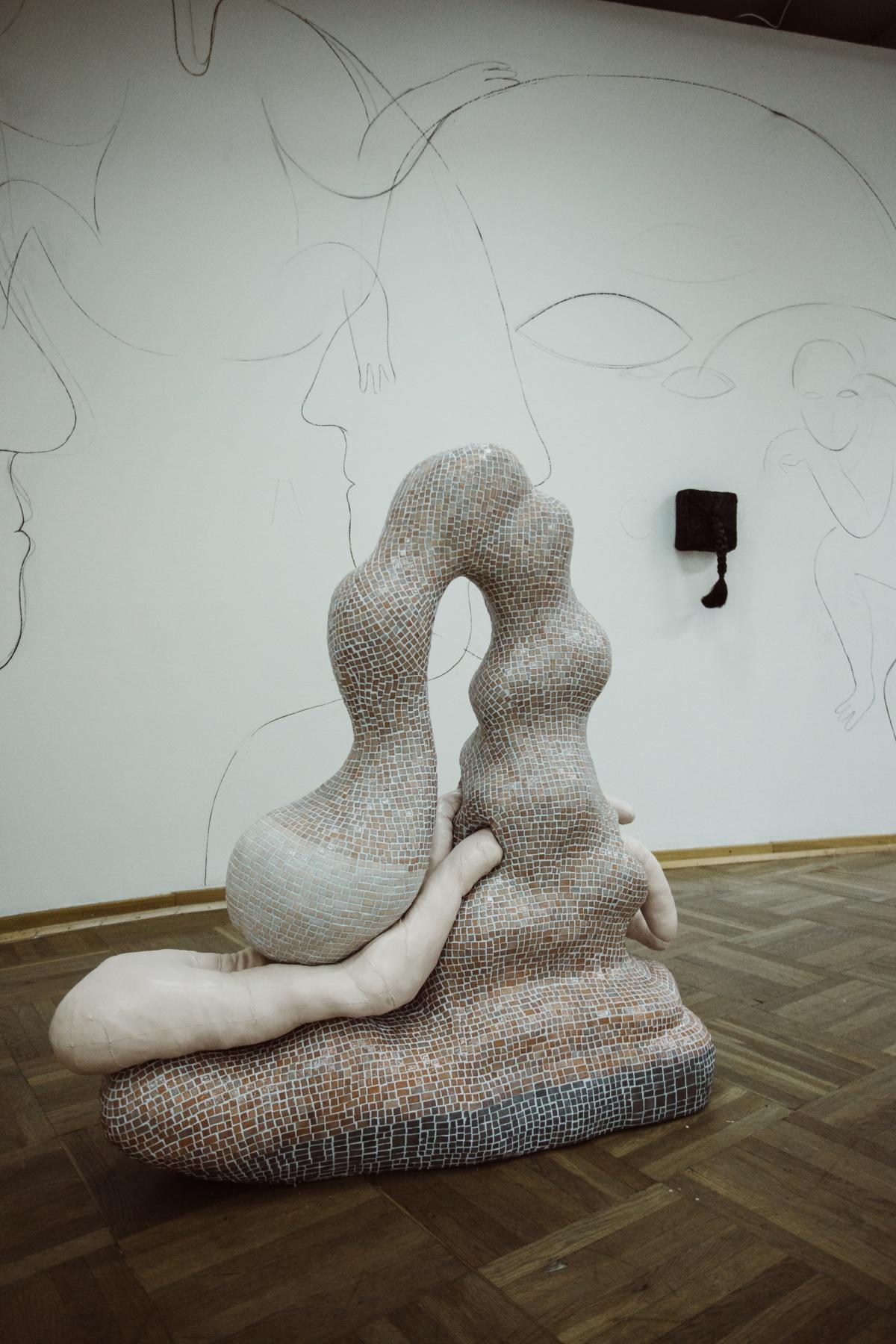



Stating the suppressed inferiority complex as a possible reason for the recent upheaval of nationalism and anti-democratic tendencies in Eastern Europe, it questions whether the acceptance of this failure in constituting and performing Eastern European identities could not be turned into a virtue.
It sees the need for patriotism in a positive way. The kind of patriotism that allows for reflection on the stereotypes, which we all need and with which we live; the kind of patriotism that is both ironical and at the same time, entirely serious. A sense of belonging to a place, rather than a nation. A new mythology, which is creating a sense of space in an economy where space is the most expensive asset.
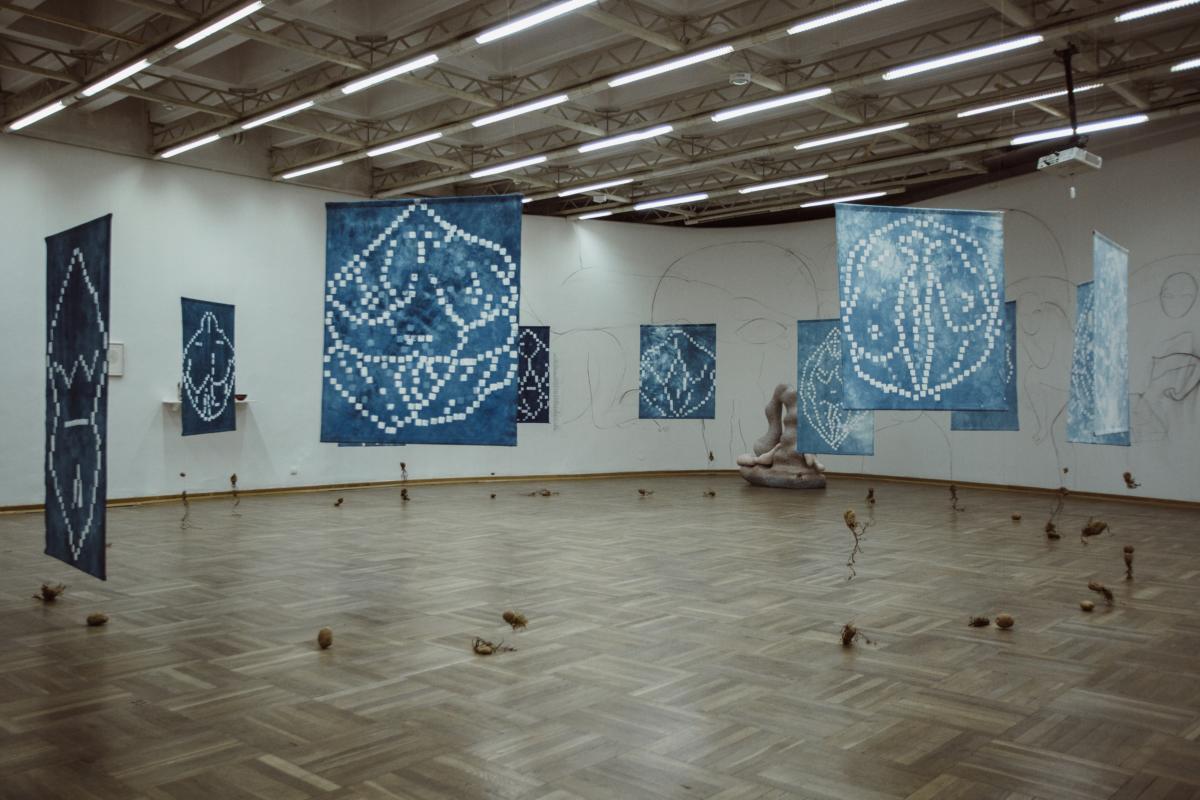





Built on expectations, desires, stories, experiences, and stereotypes, it stages a drama that takes viewers through five scenes, or five genres, following the dialectics of the region’s development since the end of the 1980s. A muddle of the most ironical and the most earnest intentions for creating a new museum of (in)famous national histories. A therapeutic re-enactment of our surprises, victories, traumas, and humiliations. A dark satirical comedy of The Fateful Adventures[8] in the non-existent region after The End of History[9]. An appropriation of our own insults as a mode of emancipation but also as a mode of self-reflection.
Despite the conflicting pathos and subsequent irony[10], this exhibition believes it will help the “wayward children of Europe”[11] to finally grow and return to the European home once again as well as consider this home as one that is “celebratory” rather than “self-congratulatory” and “fraternal” rather than “patronising.”[12]
This exhibition is not a map, nor is it a survey, but rather a subjective journey observed from a point in space and time and constructed with artists that have been chosen not because of their nationality or language[13] but based on a relationship. It aims not for equality but rather for inclusion.
Michal Novotný

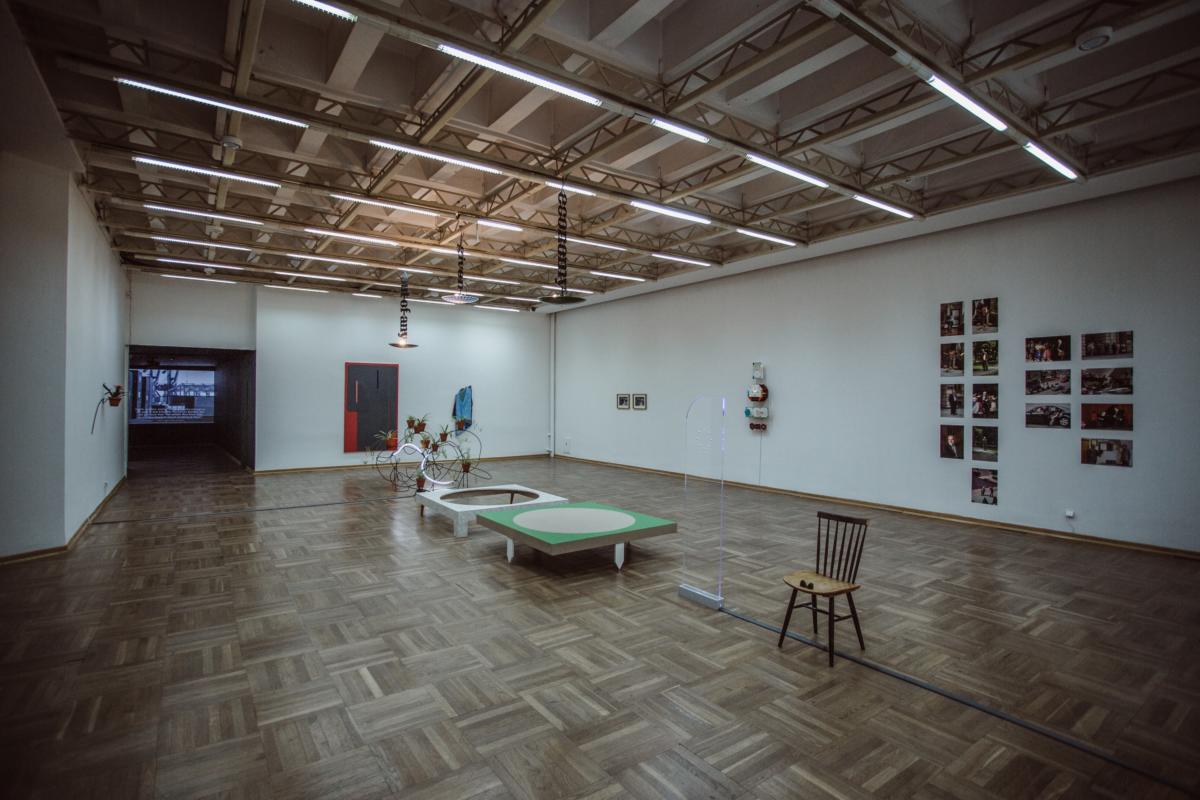


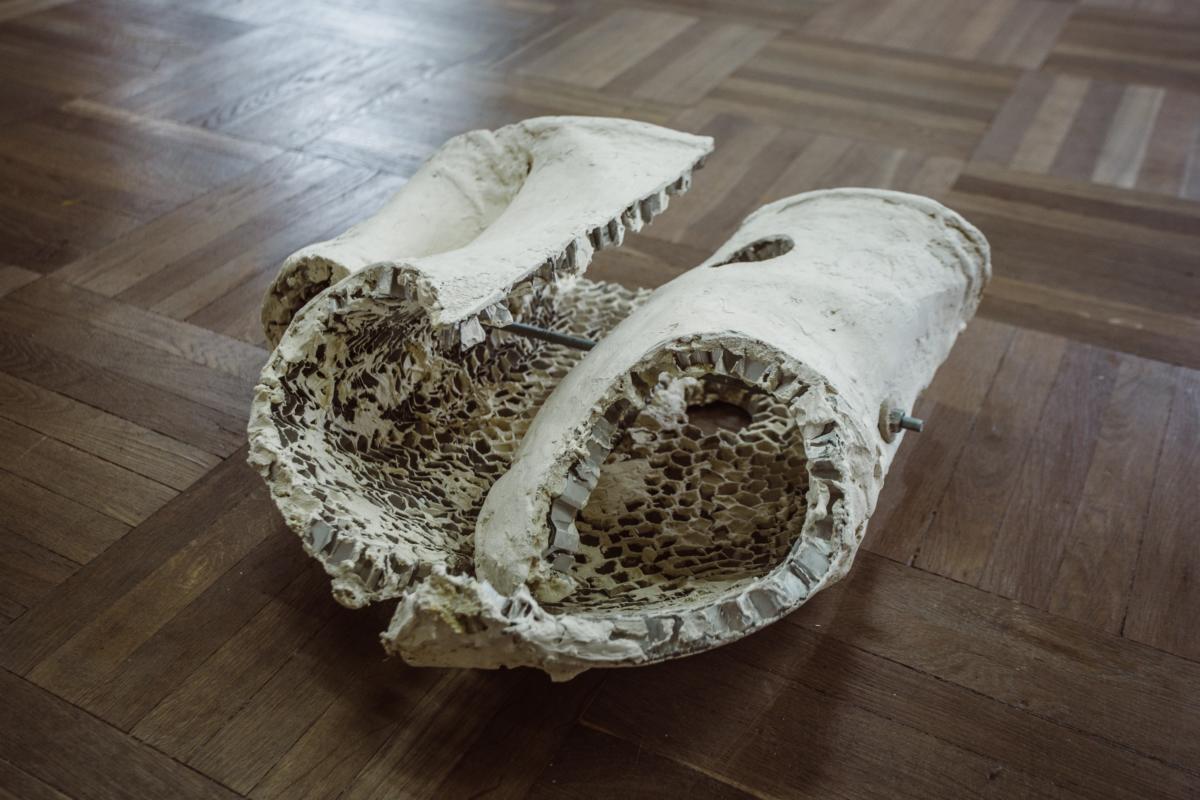



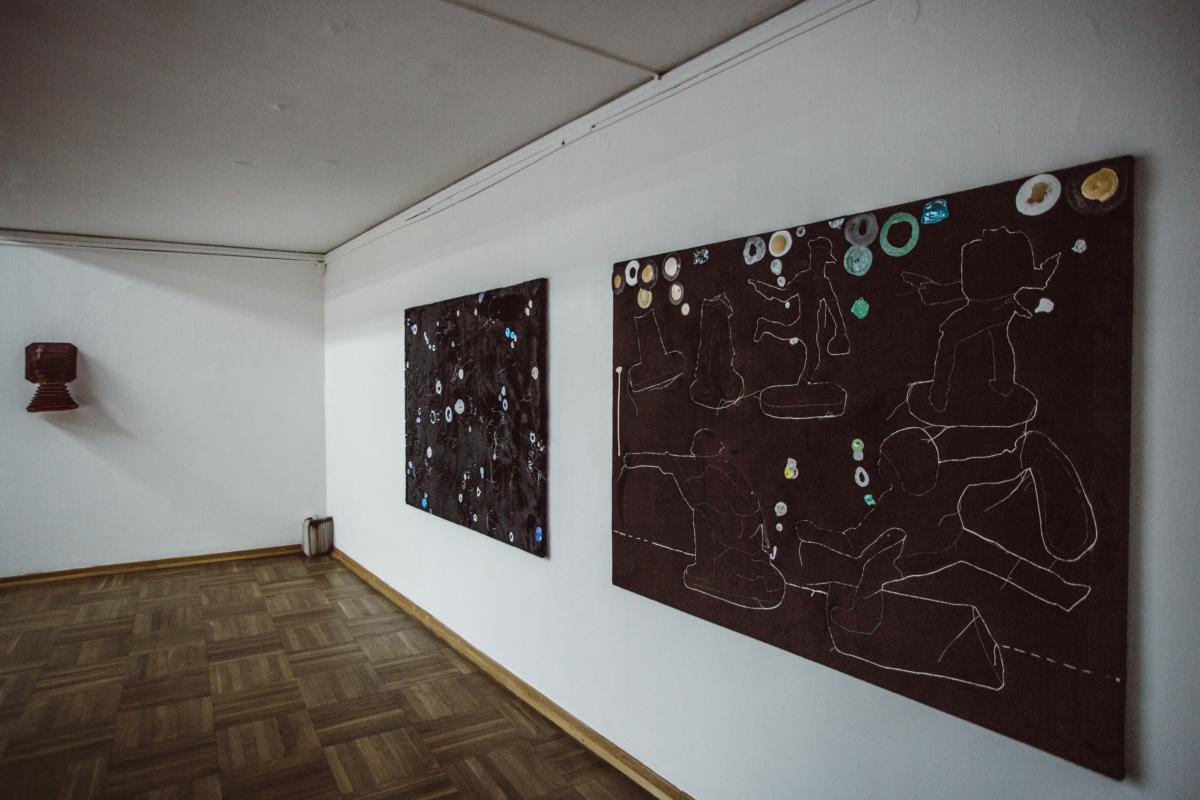
[1] Laura McLean Ferris, New Artist Focus: Laura McLean Ferris on Deimantas Narkevicius in LUX: “The landscape of their country – a sprawl of snowy hills and ugly roads, paints a lonely picture, and suggests that there is no one to see them.”
[2] “Farewell, Poland, farewell, empty wasteland, forever covered in snow and ice […] Barbaric people, arrogant and fickle, Braggarts, blabberers, having nothing but language, Who, day and night shut up in a heated room, Amuse themselves with a glass for every pleasure, Snore at the table and sleep on the ground.” Philippe Desportes, Adieu à la Pologne (1574), trans. Rory Finnin, in Philippe Desportes’s Adieu à la Pologne and Jan Kochanowski’s Gallo Crocitanti, Comparative literature studies, vol. 44 (2007), no.4.
[3] Lucy Steeds at the How We Talk About East-European Art? conference, tranzit.sk: “There was only one Eastern European artist included in Les Magiciens de la Terre […] We’re now gonna shift to Havanna, to consider the 3rd Art Biennale of 1989, which as you can see here, was the subject of the first of the two volumes, under the “Making Art Global” title. And I can tell you right away, that no Eastern European Artists were included, but if you look at the catalogue, no Western artists, as strictly, were represented either.”
[4] Edward W. Said, “Orientalism” (1978) in Larry Wolff, Inventing Eastern Europe: The Map of Civilization on the Mind of the Enlightenment, Stanford 1996: “As late as the eve of World War I, French scholarship still alternated between two seemingly similar terms, l’Europe orientale (Eastern Europe) and l’Orient européen (the European Orient). […] The idea of Eastern Europe was entangled with evolving Orientalism, for while Philosophic Geography casually excluded Eastern Europe from Europe, implicitly shifting it into Asia, scientific cartography seemed to contradict such fanciful construction. […] Such uncertainty encouraged the construction of Eastern Europe as a paradox of simultaneous inclusion and exclusion, Europe, but not Europe.”
[5] In Welcome to Slaka, Katarzyna Murawska-Muthesius writes: “the ideological construction of the racialied colonial Other and the “undeservingly white” East European (br)Other in the dominant Western discourses reveal too many points in common to be ignored.”
[6] Unknowingly killing his father and marrying his mother, the question of who is who remains.
[7] Katarzyna Murawska-Mathesius in Mapping Eastern Europe: Cartography and Art History adds many different names for this region: Marchlands, shatter zone, the belt of political change, the other Europe, New Europe, Mitteleuropa, Zwischeneuropa, and many others.
[8] Jaroslav Hašek, The Fateful Adventures of Brave Soldier Švejk, transl. Zdeněk “Zenny” Sadloň.
[9] Francis Fukuyama, The End of History and The Last Man, New York 1992.
[10] “In November 1956, the director of Hungarian News Agency, shortly before his office was flattened by artillery fire, sent a telex to the entire world with a desperate message announcing that the Russian attack against Budapest had begun. The dispatch ended with these words: We are going to die for Hungary and for Europe.” Milan Kundera, The Tragedy of Central Europe in The New York Reviews of Books, April 26th, 1984.
[11] This term that Václav Havel used in his speech to the U.S. Congress on February 22nd ,1990, was translated by the simultaneous interpreter from the original Czech word “zbloudilé,” meaning “abandoned,” “lost,” or “stray children,” as “wayward children.”
[12] In Eastern Europe according to British media: More likely to go to Italy for cappuccinos than join the ethnic fighting in Kosovo, Anna Azarova further writes: “Eastern Europe’s main attraction is, of course, that it’s cheap. […] “knock-down prices, […] lured by dirt-cheap flights,” “cheap beer and even cheaper women” […]. The inhabitants of these cheap countries who lived the painful past and its consequences were similarly hardly mentioned – except in the context of describing their excitement at the sight of westerners’ purchasing power; or as wild, undesirable side-effects.”
[13] “Well, dearest friend, dearest Hikkitihoki, that is your name as you must know. We all invented names for ourselves on the journey. They are: I am Punkitititi. My wife is Schabla Pumfa. Hofer is Rozkapumpa. Adler is Notschopikitischibi. My servant Joseph is Sagadarata. My dog Goukeri is Schomanski. Madam Quallenberg is Runzifunzi. Mlle. Krox is Rumborimuri. Freistaetler is Gaulimauli. Be so kind as to tell him his name.” These lines were written by the German speaking Mozart to Gottfried von Jacquin in January 1787, after his journey from Vienna to Prague through Czech-speaking lands of “Bohemia.”
Imprint
| Artist | Darja Bajagić, Wojciech Bąkowski, Matei Bejenaru, Piotr Bosacki, Pavel Brăila, Veronika Bromová, Jan Brož, Jiří Černický, Anetta Mona Chişa & Lucia Tkáčová, Matyáš Chochola, Romana Drdová, Habima Fuchs, Anežka Hošková, Jasanský & Polák, Atis Jākobsons, Zsófia Keresztes, Aurora Király, Adrian Kiss, Adam Kokesch, Jiří Kovanda, Václav Litvan, Piotr Łakomy, Pavla Malinová, David Maljković, Jimena Mendoza, Gizela Mickiewicz, Marge Monko, Vlad Nancă, Ioana Nemeş, Alice Nikitinová, Richard Nikl, Pakui Hardware, Julius Reichel, Dragana Sapanjoš, Jiří Skála, Adéla Součková, Petr Štembera, Аvdej Ter-Oganyan, Mark Ther, Viktor Timofeev, Jerzy Truszkowski, Emöke Vargová, Martin Vongrej, Jana Želibská |
| Exhibition | Orient. "The New East” in Central Eastern European Art |
| Place / venue | Bunkier Sztuki Gallery of Contemporary Art, Cracow |
| Dates | September 22 – December 9, 2018 |
| Curated by | Michal Novotný |
| Photos | StudioFILMLOVE |
| Website | bunkier.art.pl/?lang=en |
| Index | Adam Kokesch Adéla Součková Adrian Kiss Alice Nikitinova Anetta Mona Chişa & Lucia Tkáčová Anežka Hošková Atis Jākobsons Aurora Király Bunkier Sztuki Darja Bajagić David Maljkovič Dragana Sapanjoš Emöke Vargová Gizela Mickiewicz Habima Fuchs Ioana Nemeş Jan Brož Jana Želibská Jasanský & Polák Jerzy Truszkowski Jimena Mendoza Jiří Černický Jiří Kovanda Jiří Skála Julius Reichel Marge Monko Mark Ther Martin Vongrej Matei Bejenaru Matyáš Chochola Michal Novotný Pakui Hardware Pavel Brăila Pavla Malinová Petr Štembera Piotr Bosacki Piotr Łakomy Richard Nikl Romana Drdová Václav Litvan Veronika Bromová Viktor Timofeev Vlad Nancă Wojciech Bąkowski Zsófia Keresztes Аvdej Ter-Oganyan |
